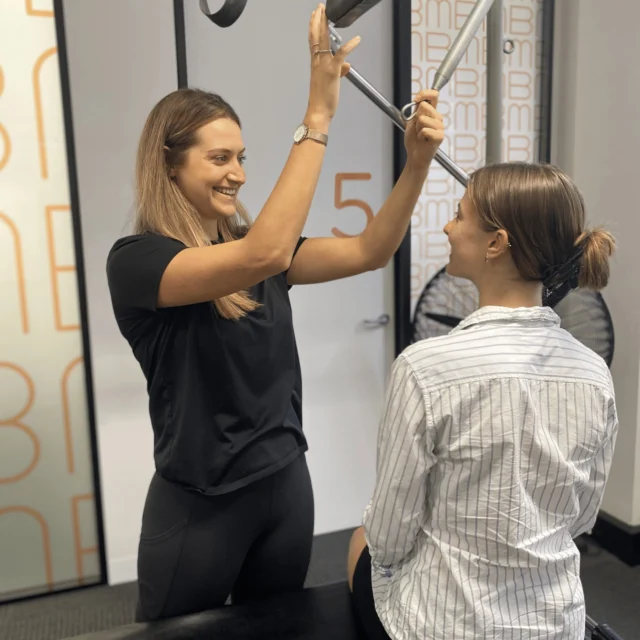The scaphoid is a small carpal bone located in the wrist just near the base of your thumb. It’s frequently fractured by falling onto an outstretched hand with your body weight behind it; quite a common injury in snowboarders, skateboarders and in older populations who are more prone to falls. Due to the small size of the bone you would think it would follow a straight forward healing process – WRONG! The interesting thing about the scaphoid bone is at different locations on the bone there are varying degrees of blood supply. If you didn’t know, optimal blood supply is key for bone healing to deliver essential oxygen and nutrients.
Scaphoid management is based on where the fracture is located (proximal, distal or at it’s waist), whether it’s non-displaced (bone fragments line up) or displaced (bone fragments have moved out of their position) and when the injury occurred. A more simple scaphoid fracture can be managed by immobilising the wrist and thumb in a cast/splint for up to 6 months, and more complex fractures may require surgical intervention involving reduction or internal fixation of the fractured pieces.
Symptoms of a scaphoid fracture can include the following:
- pain and swelling in the wrist near the base of your thumb
- pain can increase on thumb and wrist movements such as pinching
- night pain
I had a patient earlier this year who fell about a year ago on her hand but because she also incurred other injuries at the time, she ignored the pain and swelling at her wrist. A year later she continues to complain of pain and tenderness coming from her wrist, so she decided to book an appointment with a Sports Physio to address her ongoing discomfort. After a thorough examination, it seemed apparent the area of concern was her scaphoid. So to further investigate the area, I sent her for an x-ray which came back with an old non-united scaphoid fracture.
The tricky thing about scaphoid fractures is because of the varying degrees of blood supply, they are more than likely not to heal if fractured in a particular spot. If one part of the fractured pieces has little-to-no blood supply this can be called “avascular necrosis”, the bone doesn’t heal resulting in bone tissue death. The most effective way to treat a scaphoid fracture effected by avascular necrosis is surgical intervention; utilising a vascularised bone graft. This just means a surgeon will take a small piece of bone tissue from somewhere else in your body such as your hip that has better blood supply and put it back into the injured area to allow the fracture site to heal.
The long term complications of non-united and avascular necrosis scaphoid fractures are that they carry a higher risk of developing arthritis in the wrist. Symptoms of arthritis include aching, stiffness, reduced motion in the wrist and pain with activities using the hand and wrist.
If you do happen to injure your hand or wrist, be sure to book an appointment at Bend + Mend with a Sydney CBD Physio, so any serious injuries can be ruled out and early treatment interventions can be commenced.





